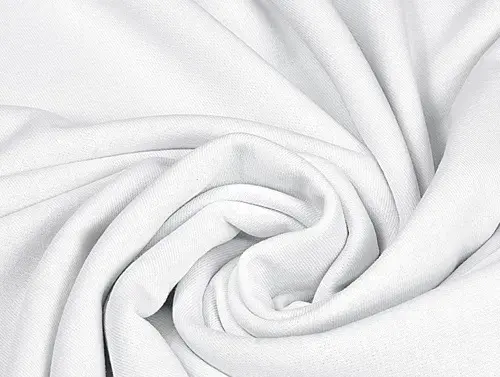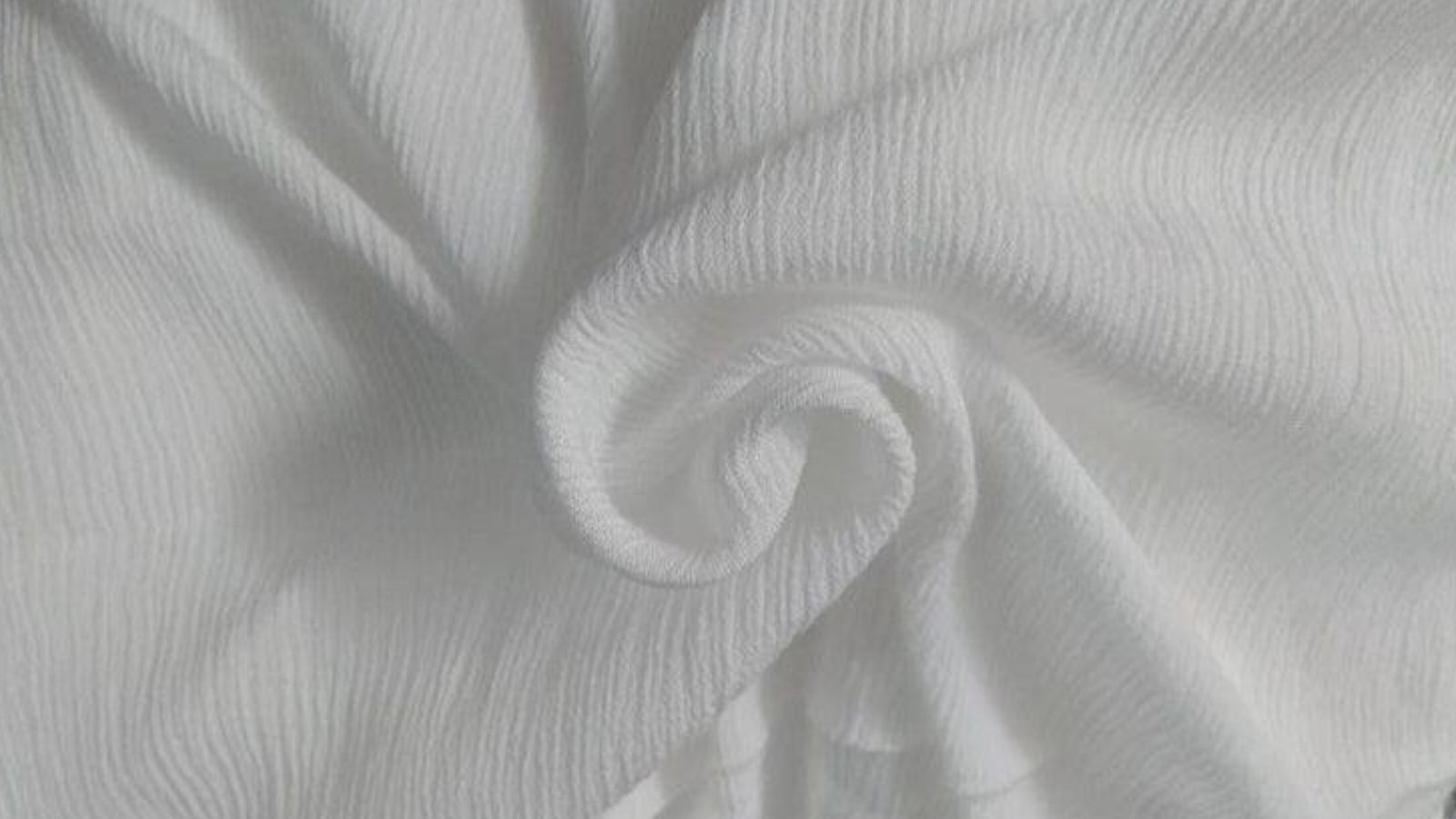Ready for Dyeing (RFD) fabrics offer a blank canvas for creativity, allowing textile enthusiasts to customize and personalize their fabrics with a range of dyeing techniques. Whether it’s tie-dyeing, dip-dyeing, or batik, the possibilities are endless when it comes to transforming RFD fabrics into unique and vibrant creations. In this blog post, we’ll explore the art of dyeing and share some creative techniques for customizing RFD fabrics.
Understanding RFD Fabrics: Before diving into the world of dyeing, it’s essential to understand what RFD fabrics are. RFD fabrics, also known as prepared-for-dyeing fabrics, are textiles that have been processed and treated to be dye-ready. These fabrics typically come in a natural, unbleached state, making them perfect for dyeing and customizing to suit individual preferences.
Tie-Dyeing: Tie-dyeing is a classic dyeing technique that involves twisting, folding, or tying the fabric before applying dye. The fabric is then submerged in dye, resulting in unique and colorful patterns. To tie-dye RFD fabrics, experiment with different folding and twisting techniques to create eye-catching designs. From spiral patterns to crumpled textures, the possibilities are endless with tie-dyeing.
Dip-Dyeing: Dip-dyeing is another popular dyeing technique that involves partially submerging the fabric in dye to create a gradient effect. To dip-dye RFD fabrics, start by preparing a dye bath with your chosen colors. Then, slowly dip the fabric into the dye bath, gradually pulling it out to create a gradient effect. Experiment with different dipping depths and color combinations to achieve stunning ombre effects.
Batik: Batik is a traditional Indonesian dyeing technique that involves using wax to create intricate patterns on the fabric. To create batik designs on RFD fabrics, apply melted wax to the fabric using a brush or tjanting tool. Once the wax has dried, immerse the fabric in dye to color the exposed areas. Finally, remove the wax to reveal the intricate batik patterns underneath.
Shibori: Shibori is a Japanese dyeing technique that involves binding, folding, or stitching the fabric before dyeing to create intricate patterns. To shibori-dye RFD fabrics, experiment with different binding and folding techniques such as kumo (spider), arashi (pole-wrapping), and itajime (clamp-resist). Each technique results in unique and stunning patterns that add visual interest to the fabric.
Screen Printing: Screen printing is a versatile dyeing technique that involves using a stencil or screen to transfer dye onto the fabric. To screen print RFD fabrics, create a stencil or design and secure it onto the fabric using a screen. Then, apply dye to the fabric using a squeegee or roller, ensuring even coverage. Screen printing allows for precise and detailed designs, making it ideal for creating custom patterns and motifs on RFD fabrics.
Conclusion: The art of dyeing opens up a world of creative possibilities for customizing RFD fabrics. Whether you prefer bold and vibrant tie-dye patterns or intricate batik designs, there’s a dyeing technique to suit every style and preference. Experiment with different techniques, colors, and patterns to create one-of-a-kind masterpieces that showcase your creativity and individuality.

Transform RFD fabrics into unique masterpieces with imaginative dyeing methods and vibrant colors.



